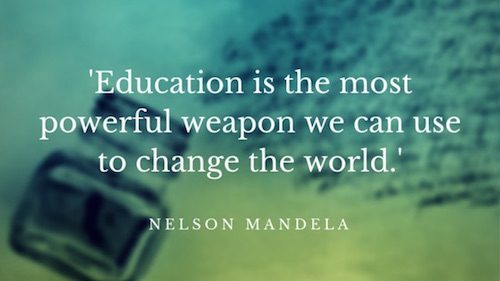Music was never a subject which I took particular interest in during school. This was probably because I felt that you had to be able to play an instrument to a high standard to be successful in the subject, a skill which I had not yet mastered. My musical talents stretch as far as being in the glockenspiel club during primary school, playing the cello for a few months in P7 or when my Gran brings out the box of musical instruments on Boxing Day and the whole family must play one and singalong. I think this is because I was involved in so many different sports clubs and extra-curricular activities when I was younger, and was so busy with work, school etc. when in High School, that I knew something would have sacrifice and the result of that was music.
However, music is something which I am interested in developing in the future. I listen to music every single day and appreciate various genres of music. I think I do have a good ear for music, beat and rhythm, but that could just me being bias and assuring myself that I do have some form of musicality in me, somewhere. One instrument which I have always wanted to play however, is the piano. The piano is just such an elegant, classy and beautiful sounding instrument, and I would love to be able to learn it in the future when I have the time.
Where is the link?
It wasn’t until I took the Discovering Mathematics module that I realised that mathematics really does have such a strong connection with so many things in the wider society. Therefore, it never really crossed my mind that music and mathematics would have as strong as a connection as they do. Marcus de Sautoy (2011) explains the link between maths and music by saying;
“Rhythm depends on arithmetic, harmony draws from basic numerical relationships, and the development of musical themes reflect the world of symmetry and geometry. As Stravinsky once said: ‘the musician should find in mathematics a study as useful to him as the learning of another language is to a poet. Mathematics swims seductively just below the surface’”.
This quote shows just how fundamental mathematics is to multiple elements involved within music. Other maths and music connections include;
- Note values/rhythms
- Beats in a bar
- Tuning/pitch
- Chords
- Counting songs
- Fingering on music
- Time signature
- Figured bass
- Scales
- Musical intervals
- Fibonacci sequence.
The Fibonacci sequence is something which we have looked at in previous inputs and which I have noticed to be involved with various elements of mathematics. Elaine J. Home (2013) describes the Fibonacci sequence as “a series of numbers where a number is found by adding up the two numbers before it. Starting with 0 and 1, the sequence goes 0, 1, 1, 2, 3, 5, 8, 13, 21, 34, and so forth”.
In terms of the Fibonacci sequence linking to music, there are 13 notes in an octave and a scale is composed of 8 notes. The 5th and 3rd notes (linking to Fibonacci’s sequence of; 0, 1, 1, 2, 3, 5, 8, 13 etc.) of the scale from the basic ‘root’ chord and are based on the whole tone which is 2 steps from the ‘root’ tone, that is the 1st note of the scale. Furthermore, the piano keyboard has a scale of C to C and has 13 keys, 8 of which are white and 5 of which are black, these are split into groups of 3 and 2. At first I found this extremely confusing since I have never studied music or considered the mathematics behind it. Once we had a shot at playing the notes on the scale for ourselves however, I managed to get the hang of it and understand it. I find it much easier to learn things when I can use a visual aid, or see them in action. Therefore, by having the chance to play instruments for ourselves after we were explained the theoretical and mathematical concepts, this really helped me to understand the mathematics behind certain aspects of music. I think I enjoyed it so much also because a lot of it was practical and based on playing the piano, so I was really intrigued and interested in the topic.

I feel that the input we had on the link between music and mathematics has really inspired me to consider music further and hopefully at some point learn to play an instrument and apply the knowledge which I have learnt in this input, to playing a musical instrument. Furthermore, it has once again opened my eyes to the connections which maths has with so many different areas in the world around us. If it wasn’t for the Discovering Maths module I would have never realised that so many of these connections exist, and I feel that it has really improved my confidence in teaching mathematics, a goal which I hoped to achieve by choosing this module.
References
Du Sautoy, M. (2011). ‘Listen by numbers: music and maths’ Guardian. Available via http://theclassicalsuite.com/2011/06/listen-by-numbers-music-and-maths-via-guardian/ (Accessed: 07 November 2017)
Hom, Elaine J. (2013). ‘What is the Fibonacci Sequence?’ LiveScience. Available via https://www.livescience.com/37470-fibonacci-sequence.html (Accessed: 07 November 2017)

